N. Korea dismisses Seoul’s dialogue offer
No sign of imminent missile launch: S. Korea
By Shin Hyon-heePublished : April 14, 2013 - 20:14
North Korea on Sunday dismissed Seoul’s offer of dialogue as a “cunning gimmick,” darkening hopes for defused tension and normalizing the suspended joint industrial park anytime soon.
President Park Geun-hye proposed talks with Pyongyang on Thursday to resolve the dispute over the Gaeseong industrial complex sparked by the North’s ban on South Koreans’ entry and withdrawal of its workers.
The North’s propaganda agency responded that the overture was an “empty shell” intended “to conceal (South Korea’s) confrontational identity,”
“It is too brazen for those who have been engrossed in nuclear war games and fratricidal confrontation plots to mention dialogue without saying a word about apologies or their responsibilities,” Pyongyang’s Committee for the Peaceful Reunification of Korea said in a statement carried by the official Korean Central News Agency.
The agency demanded the South give up its “hostile attitude” if it wants talks.
“Whether the dialogue is realized depends on the attitude of the South Korean government,” it added.
President Park Geun-hye proposed talks with Pyongyang on Thursday to resolve the dispute over the Gaeseong industrial complex sparked by the North’s ban on South Koreans’ entry and withdrawal of its workers.
The North’s propaganda agency responded that the overture was an “empty shell” intended “to conceal (South Korea’s) confrontational identity,”
“It is too brazen for those who have been engrossed in nuclear war games and fratricidal confrontation plots to mention dialogue without saying a word about apologies or their responsibilities,” Pyongyang’s Committee for the Peaceful Reunification of Korea said in a statement carried by the official Korean Central News Agency.
The agency demanded the South give up its “hostile attitude” if it wants talks.
“Whether the dialogue is realized depends on the attitude of the South Korean government,” it added.
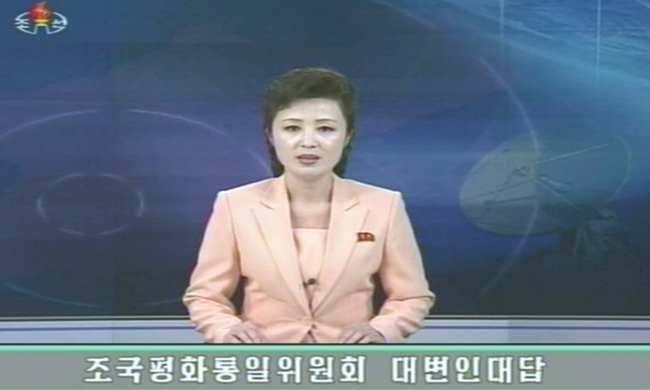
The Unification Ministry said it was too early to interpret the North’s response as a final refusal.
“The report is an initial response to our offer so that we should watch the situation for some time,” the ministry said in a message to reporters.
After weeks of tit-for-tat shows of force and verbal threats, hopes were growing for a diplomatic solution as Seoul and Washington offered peace overtures late last week and Beijing also promised efforts to help persuade it to give up its nuclear weapons.
Since last Thursday, North Korea has also stopped moving around its transporter-erector-launchers for short- and mid-range missiles believed to be technically ready for test-firing, Seoul officials said.
The mobile launchers were seen repeatedly changing locations on the east coast last week in an apparent attempt to interfere with intelligence monitoring by South Korea and the U.S.
“The vehicles carrying Musudan, Rodong and Scud missiles have not moved and been standing in the same place since two days ago,” an unnamed government official was quoted as saying on Saturday by Yonhap News. “There are no signs of an imminent missile launch.”
The North’s warlike rhetoric is also letting up after churning out threats of a nuclear strike on and a “sacred war” with South Korea and the U.S.
Pyongyang’s state media, meanwhile, has not been reporting on the activity of North Korean leader Kim Jong-un since a Supreme People’s Assembly session on April 1.
The young dictator made headlines throughout last month, convening a rare midnight operation meeting, inspecting front-line military units and putting them into the “No. 1 combat-ready posture.”
The North barred the entry of South Korean workers and cargo on April 4 and pulled out all its 53,000 workers from the district five days later.
U.S. Secretary of State John Kerry on Friday also urged Kim to refrain from pushing ahead with the missile launch and return to the negotiating table for disarmament.
“Our preference would be to get to talks,” he said during a separate press conference with South Korean Foreign Minister Yun Byung-se in Seoul. The event was part of Kerry’s 10-day tour to Europe, the Middle East and East Asia.
“Our preference would be, through these six-party (talks) or through bilateral means, to get to a place where we are talking about the real future, which is the future of denuclearizing and ultimately … the reunification of the peninsula as a peaceful, nonnuclear entity.”
“I think we have lowered our rhetoric significantly,” he said, noting that U.S. President Barack Obama ordered the cancellation of a number of military exercises.
The Pentagon has delayed a test-launch of an intercontinental ballistic missile which was slated for April 9 in an ostensible effort to avoid vexing the North and escalating tension.
The decision followed a month of muscle-flexing by the U.S. with stealth and nuclear bombers, top-notch fighter jets and an atomic submarine during its drills with South Korea.
As the allies seek a way out of the ever-growing tension, news reports emerged last week that senior North Korean and U.S. diplomats had a meeting in New York in mid-March.
But “no real progress” was made during the backchannel exchange between Clifford Hart, Washington’s special envoy for the six-party denuclearization talks, and Han Song-ryol, Pyongyang’s deputy ambassador to the U.N., Foreign Policy magazine’s blog reported.
“We really want to focus people on the better alternative. We don’t want to get into a threat-for-threat or some kind of confrontational language here. There’s been enough of that,” Kerry said in Beijing on Saturday.
During a meeting with Chinese State Councilor in charge of foreign affairs Yang Jiechi, Kerry said they reaffirmed the two countries’ “joint commitment to the denuclearization of the Korean Peninsula in a peaceful manner.”
With the Sept. 19, 2005, joint statement being the focal point of their efforts, he said the U.S. is “determined to make that goal a reality” and that it agreed to have further discussions to “bear down very quickly with great specificity on exactly how we will accomplish this goal.”
Yang said in response that China was “firmly committed to upholding peace and stability and advancing the denuclearization process,” stressing the issue should be handled and resolved peacefully through dialogue and consultation.
A defining moment is expected to come Monday as North Koreans celebrate the 101st anniversary of Kim Il-sung, the founding father and grandfather of the youthful leader.
Pyongyang has historically made provocations around its national holidays or the birthdays of former and incumbent rulers, a move aimed at boasting its military might and solidifying the people against outside power.
Seoul and Washington are focusing intelligence efforts on monitoring for a missile launch and readying interception devices. Tokyo has also put on standby its core tracking and interception assets including Aegis-equipped destroyers and Standard Missile-3 ship-to-air mid-course interceptor missiles. It also plans to use the “hit-to-kill” Patriot Advanced Capability-3 missiles capable of intercepting hostile missiles at lower altitudes.
“The government’s general observation is that the North may fire missiles between April 10 and 15,” Defense Ministry spokesperson Kim Min-seok told a briefing Thursday, adding that the agency could activate the “fragmentation-type” PAC-2 interception system if any North Korean missiles fly toward the country’s territory.
By Shin Hyon-hee (heeshin@heraldcorp.com)



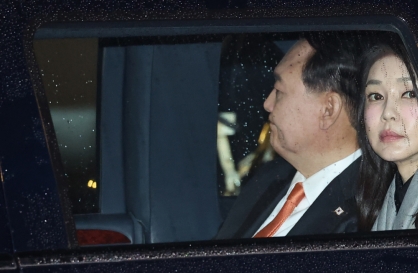

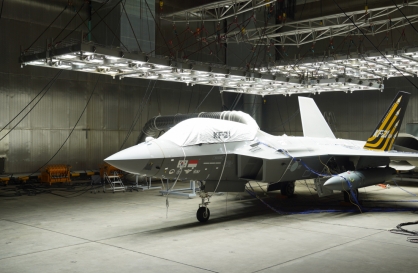
![[KH Explains] Can tech firms' AI alliances take on Nvidia?](http://res.heraldm.com/phpwas/restmb_idxmake.php?idx=644&simg=/content/image/2024/05/07/20240507050619_0.jpg&u=)
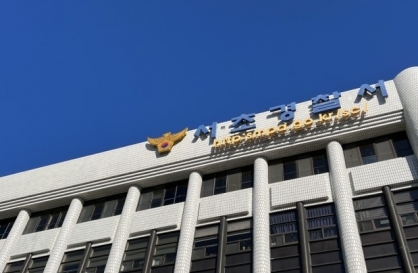

![[Grace Kao, Meera Choi] Has money displaced romance on dates?](http://res.heraldm.com/phpwas/restmb_idxmake.php?idx=644&simg=/content/image/2024/05/06/20240506050233_0.jpg&u=)
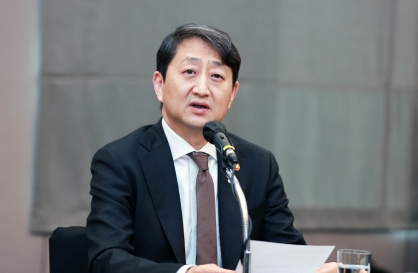



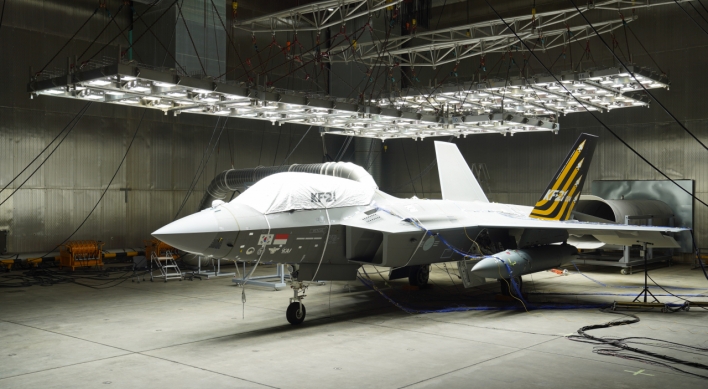
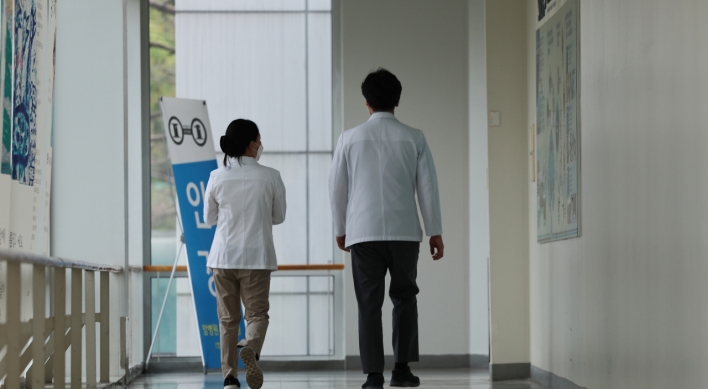

![[K-pop’s dilemma] Time, profit pressures work against originality](http://res.heraldm.com/phpwas/restmb_idxmake.php?idx=652&simg=/content/image/2024/05/08/20240508050705_0.jpg&u=20240508171126)
![[Today’s K-pop] NCT Dream to drop pre-release from 2nd Japan single](http://res.heraldm.com/phpwas/restmb_idxmake.php?idx=642&simg=/content/image/2024/05/08/20240508050725_0.jpg&u=)